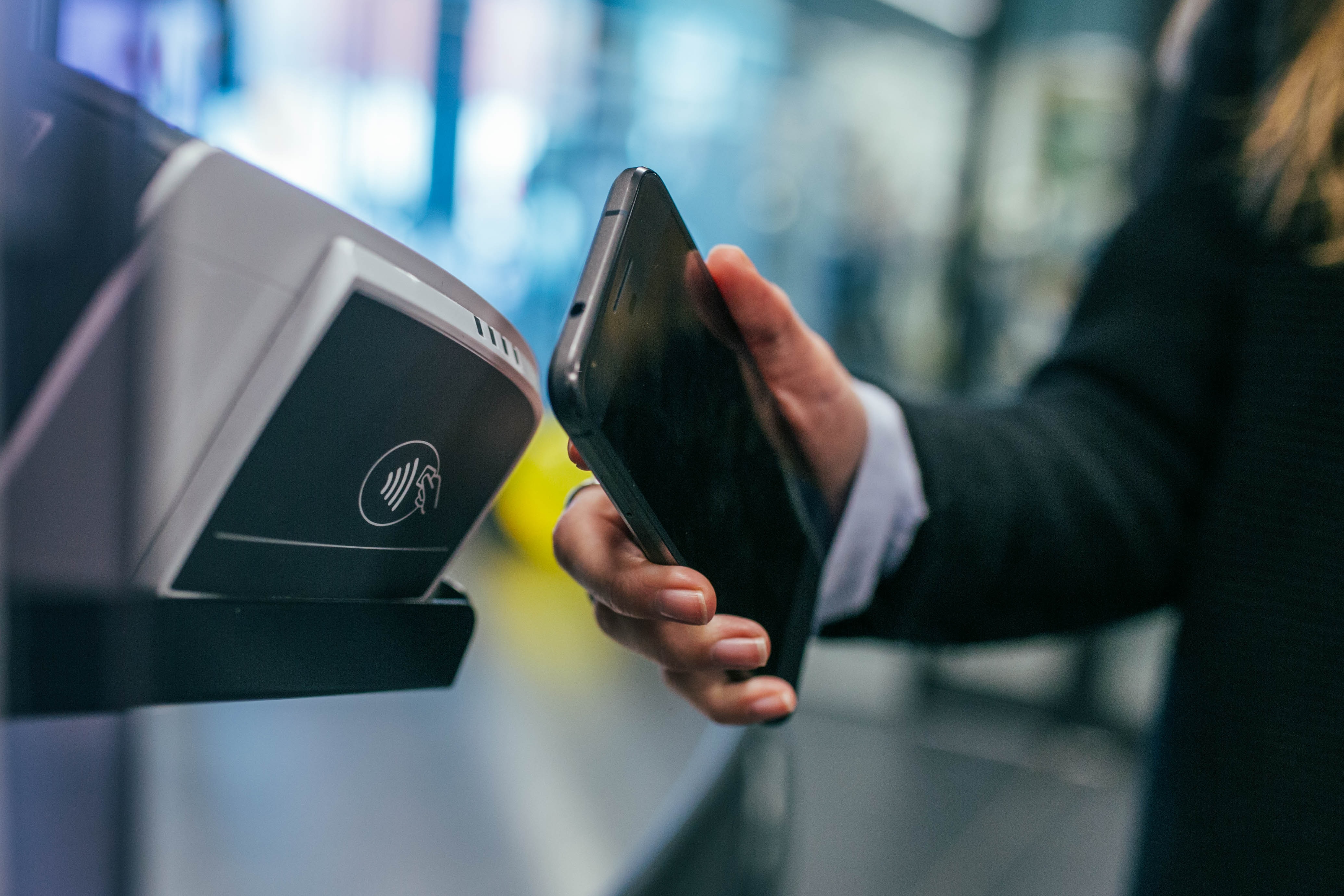The amount of plastic that it takes to produce credit cards every year is equivalent to the weight of 150 Boeing 747 airplanes.
The coronavirus crisis forced industries of all types to suddenly introduce new initiatives that would keep workers and consumers safe. As a result, 2020 brought with it a rapid adoption of technologies helping to deliver a contactless world. But, now that we are (hopefully) coming out on the other side of the pandemic, it’s interesting to see that the reliance on these technologies isn’t really waning.
People have come to realize that convenience and sustainability are very much possible in all areas of everyday life. This is especially true for financial services, with the latest technological advancements in this area commonly referred to as “fintech” having been widely implemented in response to the events of 2020.
With that in mind, here are three of 2021’s biggest fintech trends that are continuing along the trajectory of the past 12 months.
The rise of contactless financial services
Admittedly, the demand for contactless payments isn’t really new. In fact, between 2013 and 2019, there was a massive 53% drop in demand for coins in Australia, as digital wallets helped to streamline in-person payment processes. Then, the onset of the coronavirus brought with it an even more dramatic reduction in cash payments. Since 2020, the Royal Australian Mint has reported next to no demand for coins.
This has to do with the fact that physical cash came to be considered a health hazard. Consumers didn’t want to run the risk of catching COVID-19 from unclean coins. Short of wiping down each cent with hand sanitizer, many opted to skip the cash payments altogether, and instead use their contactless card or smartphone to pay for goods and services.

However, with the chances of catching the virus in this country now far, far smaller, it’s interesting to note that most haven’t opted to make the switchback. Tech blogger, Antoine Bechara says, “It appears that people have come to recognize just how quick, easy, and overall convenient contactless payment solutions are. As such, they’re likely to only keep growing in popularity.”
Sustainability initiatives at the heart of fintech
Alongside concerns about the pandemic, more and more people have been raising their voices to bring attention to the climate crisis. And, as consumers, we’ve started gravitating to companies that can offer sustainable alternatives to everyday services. Once again, fintech has had to be put to good use, with consumers demanding financial solutions designed to meet the increasing shift towards environmentalism.
Plastic credit cards are among the first things in the world of finance to be put on trial. It’s no surprise, really, given that the amount of plastic that it takes to produce credit cards every year is equivalent to the weight of 150 Boeing 747 airplanes.
So, could this simply mean that we can expect an even faster drive towards contactless payments in the near future? Maybe. But, in all likelihood, consumers will want more from the financial services sector in terms of a commitment to preventing the climate crisis. As such, those working in or with fintech would do well to make sure environmentalism is kept at the forefront from now onwards.
Fintech implementation is a process, not a quick fix
Another trend we’re starting to see is a sort of introspection about how fast technologies are being applied to the financial sector. What we mean by this is that fintech developers and service providers are realizing that there are more questions that will need to be asked and answered before fintech becomes widely accepted.
One reason is that many are skeptical about the safety and security of the new technologies being introduced. Just as with other sectors such as real estate, sensitive data, and monetary transactions are at the very center of financial services. As a result, people want to know that they don’t have to worry about privacy breaches and a lack of control.
Beyond that, it’s important that those shaping the future of fintech understand where it’s going. Is it hoped, for example, that fintech will overtake the existing financial architecture we have in place in Australia? And, if so, what will be needed to make that happen?


Join the conversation!